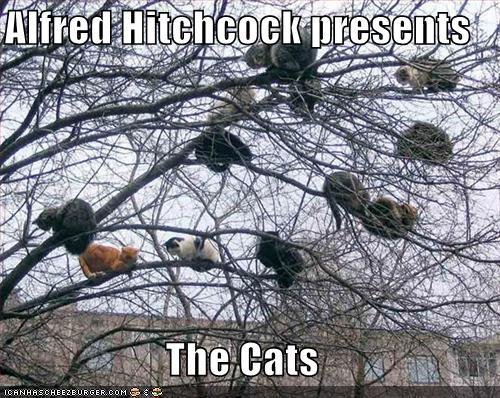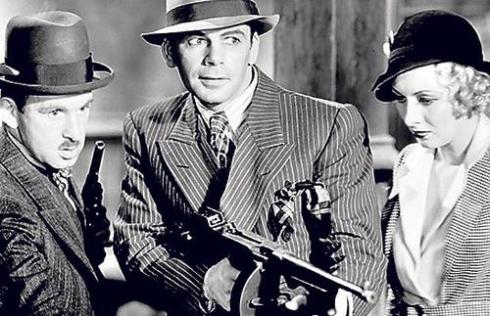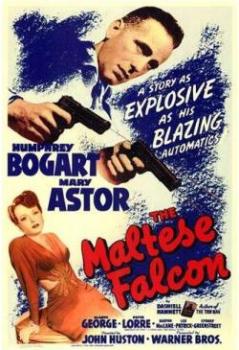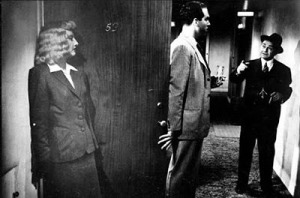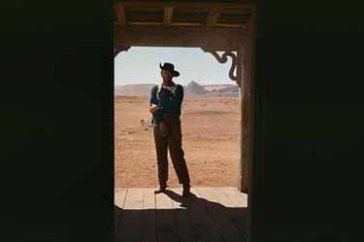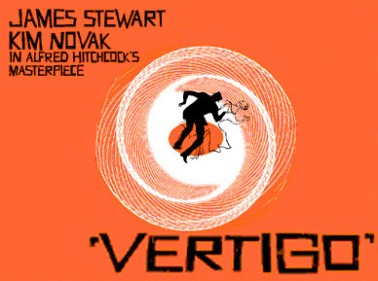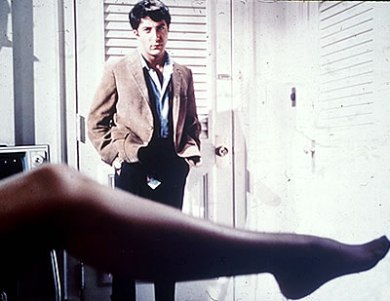Preamble
Basically I made a comment to a friend the other day that inspired me to create a Harbl 100 list for film: I said that I would rate Shaun of the Dead in my top one hundred films ever. That got me to thinking what my actual top one hundred films would be. Would Shaun of the Dead really make the cut, or was that just a throwaway comment to inspire him to re-watch a film that I love, but that didn’t really do much for him?
So I went through and did a huge list followed by a heap of culling and, for various reasons, I’ve narrowed it down to the following hundred. The films were picked to appeal to the contemporary viewer who likes good movies, but sees them as entertainment rather than something that needs to be painfully dissected to gain any benefit. I’ve seen too many of these lists that are clogged up with academic bullshit to pander to other critics and film geeks…this list is hopefully not one of them.
Why should you listen to what I have to say? I probably have the bare minimum requirements to be considered a vague academic in the field, having completed six units of Cinema Studies at La Trobe University, but I have a fairly wide range of cinematic taste, and I invest in every film I watch. I always give a film that others have enjoyed a good shot at drawing me in before making my own judgement. I’m confident in saying that all of these films I have included are good films, and they have enjoyed relatively universal acclaim, it’s just a question of whether they resonate with you as much as they did with me.
The foundation behind my recommendations are both “is it entertaining for a variety of people” and “was it made with a solid artistic backbone.” For this reason, a film like The Cable Guy (1996) would not make the cut because, while I consider it to be comedy genius, it has quite a selective appeal. Comedy was probably the most difficult genre to include because of this very reason: you can’t really explain why something is funny, it’s just simply whether you find it funny.
I’m going to list these films chronologically rather than 100 to 1 because there’s no real reason to pit these movies against each other. It interestingly ended up heavily weighted to recently released films, with more than half of them released after 2000. Given this list is for the contemporary audience, it will likely be quite different in ten year’s time, but I do believe that the last decade or so has been a great time for cinema so why not get around it!
I apologise to anyone who is offended that I’ve included only two foreign language films. If it was a list of one thousand there would be plenty, but I’ve only got one hundred and the films I’ve included are the most important to me and, hopefully, will be similarly important to you. I also apologise for overusing the words “influential” and “innovative” in these early films – it is understandably difficult to work around.
If you aren’t interested in reading my summaries I’ll post the entire list of the Harbl 100 Must-See Films sans my little notes once I’m done.
***************************************************
Scarface: the shame of a nation (1932)
You’ll see lots of lists on “must see” films going way back to the very early days of cinema, citing The Great Train Robbery (1903) or A Trip To The Moon (1902). Yes, these are important milestones and are interesting to film school slackers and wankers like myself…but I’m as interested in insisting you go back and check out the silent era as I am urging you to delve into your family ancestry – who gives a shit? Compared to today’s standards, the films are clumsily shot, acted, edited…basically if these films came out now they’d struggle to find an audience at all.
I consider Scarface: the shame of a nation to be the earliest essential piece of cinema for anyone interested in present day films because it’s actually good. That’s it. A prohibition era crime drama loosely framed around the world’s most famous gangster, Al Capone was said to have owned a copy himself. It was made just as Hollywood was beginning to grasp advanced filmmaking techniques, in that very small window of artistic freedom before the Production Code came into place in 1934 and put the squeeze on what you could actually show. It’s what makes this film in particular stand the test of time, while many films subsequent to 1934 feel awkwardly gagged.
Citizen Kane (1941)
Hot off a successful run of stage shows and radio broadcasts, Orson Welles was only 25 years old when he made his first foray into film, and he created one of the greatest films ever made. The reason it needs to be seen can be summed up in a word: innovation. The fractured narrative and unique shot composition failed to hit the mark with audiences on its release, but has subsequently been recognised as an early indication of the United States’ entry into the auteur theory, which places the director atop the artistic intent of a film. As the co-writer, director, producer and star of Citizen Kane, Welles continues to inspire filmmakers to this day – an auteur of the first order.
The Maltese Falcon (1941)
Retrospectively classed as the earliest major feature in the film noir genre, The Maltese Falcon features Humphrey Bogart at his best – trench coat, trilby hat, plain white cigarette dangling from the lips – an American cultural icon. It has all the great conventions that defined film noir, with the conflicted hero, the femme fatale, and the innovative use of shadow in composition. These conventions have been parodied to death, but when you go right back to the classics they can still cut through and draw in an audience.
Double Indemnity (1944)
This and The Killing are two more quality entries from the film noir canon – both fantastic movies in their own right, but I rate Double Indemnity as one of the finest ever. It’s difficult to put a finger on why, but the murder/insurance scam plot plays out with such suspense that you occasionally may find yourself literally holding your breath through some of the more claustrophobic scenes. It’s also quite possibly because this film embodies the shift away from classical Hollywood’s generic patterns to the more realistic acting and writing conventions that we take for granted in contemporary cinema.
The Killing (1956)
I could confidently include a whole swathe of must-see films similar in tone (Out of the Past, In A Lonely Place, The Asphalt Jungle, The Killers), and if you are well versed in films noir you likely will have differing but equally valid favourites. The Killing just happens to be one of the more entertaining entries in the genre – if you get the time it’s worth checking out.
Coming well after the peak of film noir, The Killing is nevertheless regarded as one of the genre’s best. Only Stanley Kubrick’s third feature film, he was already experimenting with the kind of non-linear narrative that would later influence filmmakers such as Quentin Tarantino and Christopher Nolan. Starring Sterling Hayden as a career criminal fresh out of jail, it is the story of a meticulously planned racetrack heist that doesn’t quite come off. It is with this film that Kubrick announced himself as a major contributor to cinema, impressing future collaborating studio MGM despite the minimal financial success of The Killing.
The Searchers (1956)
Made for the big screen, The Searchers was shot in Technicolor Widescreen, featuring the greatest collaboration in the history of the western, with John Wayne being directed by Tom Ford. The western is probably an underappreciated genre courtesy of a rash of poor imitations and parodies but, as with film noir if you can get yourself to look past the cliché and embrace the classic, this film is well worth a look. Visually stunning and thematically rich, The Searchers is as powerfully arresting as they come, and the last shot will stay with you forever.
Seven Samurai (1957)
The undisputed (well…pretty much) masterpiece of Japanese cinema, Akiria Kurosawa’s Seven Samurai was the country’s then largest investment in a single film with a budget of half a million dollars. A fairly simple story that tracks seven samurai protect a village of farmers from bandits, it innovatively established a lot of the conventions of adventure and action films. Hugely influential for decades after its initial release, it was very well received locally and made waves internationally, inspiring an alright but far less impressive remake by Hollywood in The Magnificent Seven (1960).. At 207 minutes long, it’s a slog, but you really need to see at least one Kurosawa film, and I think this is the one.
Vertigo (1960)
A critical and commercial failure on release, Alfred Hitchcock’s Vertigo has since been reclassified as one of his best films. His technical mastery is shown to full effect here, never more potent than the famous “vertigo effect” (the technique of physically moving the camera toward or away from the subject while zooming in the reverse direction – the dolly zoom) to represent inspirational actor James Stewart’s titular affliction. A psychological thriller, Vertigo is weird, off kilter, and dreamlike – without doubt my favourite from the great director.
Dr Strangelove or: How I Learned to Stop Worrying and Love the Bomb (1964)
The common theme thus far of including inspirational auteurs continues with Stanley Kubrick’s second entry into the Harbl 100 Must-See Films. Such was Kubrick’s attention to detail that on Ronald Regan’s initial White House tour when he took office in 1981, he asked to be taken the then non-existent “war-room” featured in Dr. Strangelove.
Regularly showing up on greatest comedy film lists, what makes this film worthy are its darker qualities. An air force general has gone rogue, authorising an uprovoked nuclear drop on Russia, and there is precious little time to avert all out nuclear war. While this seems like an unlikely foundation for comedy, the realism of the situation combined with the controlled ludicrousness of Peter Seller’s multiple roles works like a genius. As with many of Kubrick’s films, there are shots that have entered the collective consciousness so deeply that you’ll feel you’ve already seen it even if you haven’t caught a frame. It’s pacy, and while requiring a lot less dedication to get through than other Kubrick films like Barry Lyndon (1975) for example, it still resonates long after its thrilling conclusion.
The Graduate (1967)
One of the reasons chosen to include certain films over others in this list came down to a key performance or set piece. In this case, it was a bold casting choice by director Mike Nichols to put then-untested Dustin Hoffman in the lead role of Benjamin Braddock, drastically changing the dynamic of the entire film. Benjamin arrives home from college with no real plans for the rest of his life, is seduced by an older woman, and then falls in love with her daughter. While not seeming the most involved of plots, the unconventionally handsome Hoffman made his character accessible and realistic, often prompted by Nichols to “not act.” Whatever they did worked, because it went on to become one of the most commercially successful films of all time relative to its budget. Along with Bonnie and Clyde (1967), The Graduate heralded the “New Hollywood” movement of independent films working outside the Hollywood studio system to varied but often great artistic and financial success.
